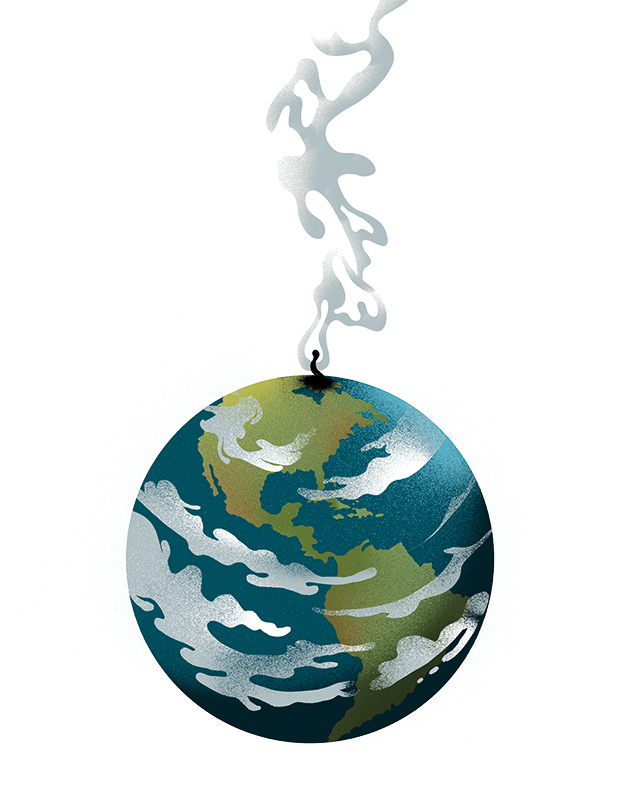During the cold months of July and August, many southern Australians head north to warmer climes. A favourite destination is north Queensland, with its jungles, rainforests, mangrove swamps and rivers. And saltwater crocodiles. David Hogbin, a 40-year-old father-of-three and GP from New South Wales, was one such sun-seeking tourists. He travelled north with his family on holiday, but will never return home. After falling into a river when a path he was walking on gave way, he was eaten by a crocodile.
Crocodile attacks in Australia are big news because they’re so rare
Hogbin’s death is tragic, not least because he leaves behind a young family, but because this incident last Saturday was a desperate mishap. It is hard to see how he could have avoided his fate. Despite the lurid headlines about crocodile attacks in the wake of Hogbin’s death, such events are rare.
Crocodiles are themselves a big visitor draw in this part of Australia. Go to a place like the Cape Tribulation rainforest north of Cairns, and you can spot them in rivers, on mudbanks, and even on the local beach not a hundred metres from sun-baking holidaymakers. Some crocodiles even surf off the beaches, riding the swells in search of small prey. To get up close, in relative safety, to a fully-grown crocodile is to be awed by their brutal majesty, and to respect the power of their massive jaws.
But when it goes wrong, it is almost always the crocodile that wins. If a man has the misfortune to fall into the water in a crocodile habitat, the chances of getting out unhurt, let alone alive, are small. Once the crocodile has a person in his jaws, they will bite down and drown their prey, dragging the victim under water and then applying a ‘death roll’ to kill quickly.
Hogbin was in the remote Queensland township of Cooktown when the four-metre saltwater crocodile struck near a popular local fishing spot. Details are still emerging, but his wife, Jane, told authorities that Hogbin and his family were walking a path at the top of the river bank when a part of it gave way suddenly, sending Hogbin sliding into the river. Jane slid down after her husband in a desperate effort to pull him out. But, realising he was dragging her into the water, Hogbin let go and almost immediately was pulled below the surface and disappeared.
Several days later, a well-known local crocodile, whose markings fitted a description of the crocodile at the scene, was captured and killed. Human remains, likely to have been Hogbin’s, were inside.
Hogbin’s last act of incredible sacrifice and heroism has been the talk of Australia this week, even relegating good Olympic news from front pages. Unlike many who foolishly tempt fate by entering the natural domains of an apex predator, Hogbin’s misfortune was simply to be in the wrong place at the wrong time. He was appallingly and tragically unlucky. That bad luck, and his bravery, is what has caught the national imagination.
But Hogbin’s death also stands out because his fate is rare. Since the protection of crocodiles in wild Australia started in 1969, the website crocattack.org reports that just 44 fatal attacks – including David Hogbin’s – have been recorded. Given that today it’s estimated that Australia’s saltwater crocodile population has recovered from near extinction to over 100,000 beasts, that figure is remarkable for its minuteness.
Australia is far safer when it comes to crocodile attacks than neighbouring Indonesia, which experienced 170 attacks and 85 fatalities in 2023, and India with 107 attacks and 51 fatalities. Generally Australians, both locals and visitors, know the risks and how to avoid them, and very rarely get into trouble. When attacks and fatalities do occur, it is usually because of the behaviour and choices of the victim, not the crocodile.
Indeed, since news broke of Hogbin’s death, there has been no clamour for crocodile culls, or banning tourism in crocodile habitats. Fatal crocodile attacks are both rare and a normal part of living in Australia. They are generally accepted as such.
What has been an issue, however, is whether killer crocodile like the one that eat Hogbin are being encouraged into locations where close contact with man is more likely. Reportedly, some Cooktown locals have been feeding crocodiles by throwing fish, meat and roadkill into the river near where Hogbin was taken, whether to attract crocodiles for the tourists or just for their inebriated version of fun.
Such stupid, reckless and dangerous behaviour can, as may have been the case this week, have fatal consequences. In Queensland, feeding crocodiles without authority is punishable by large fines and even imprisonment. These laws, however, are impossible to police. Really, it is up to locals and visitors to use their common sense and leave the big beasts alone.
Wherever they are in the world, whatever their purpose in being there, when people enter the habitat of an apex predator, they do so at their own risk. The Hogbin family this week did just that and, through no fault of their own, paid a terrible price just for being there. The crocodile that took Hogbin to his death was doing no more than seeking food at a place where it knew food was plentiful; it cannot be blamed for doing what it did.
Like shark attacks, crocodile attacks in Australia are big news because they’re so rare, and fatal attacks much rarer still. While Australians mourn David Hogbin, and honour his heroism in saving his wife, we also accept that what happened this week is but a part of what it is to live and travel in Australia, and makes our island continent so unique.







Comments